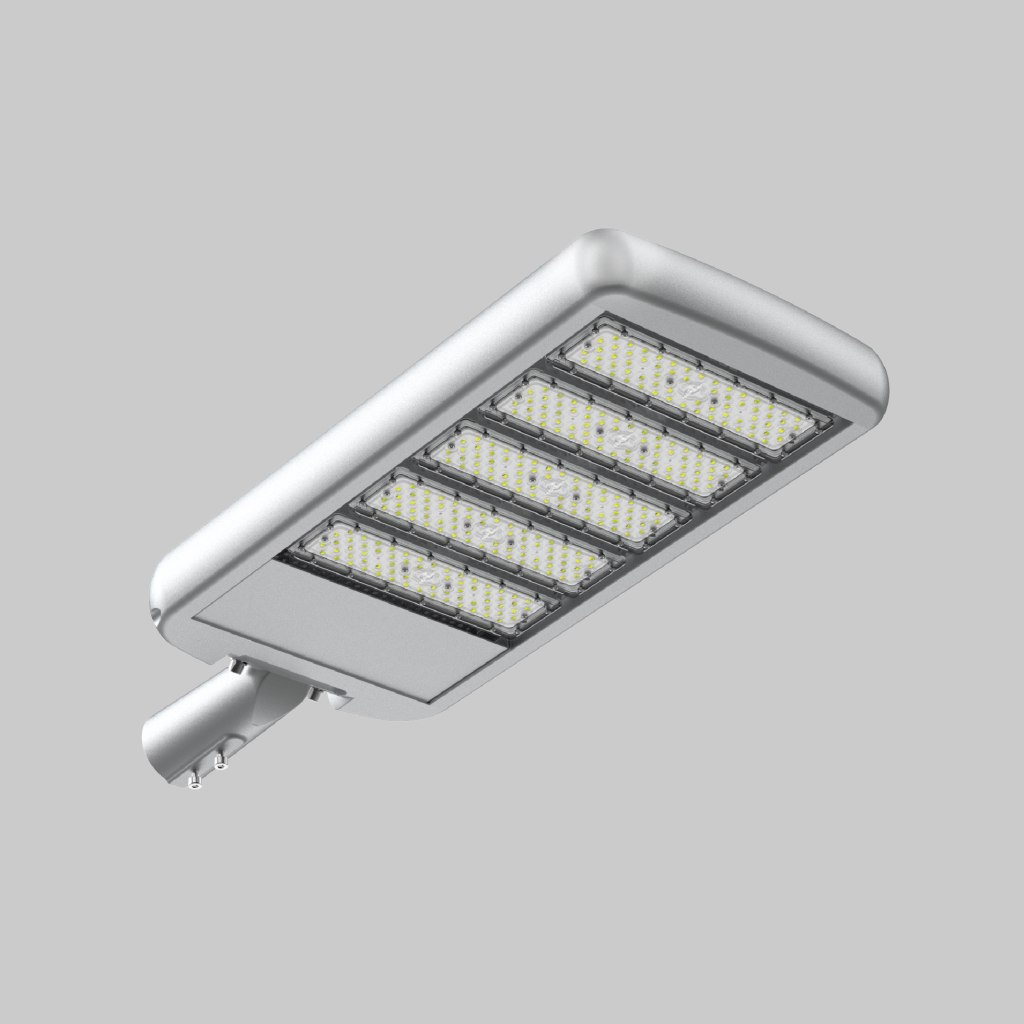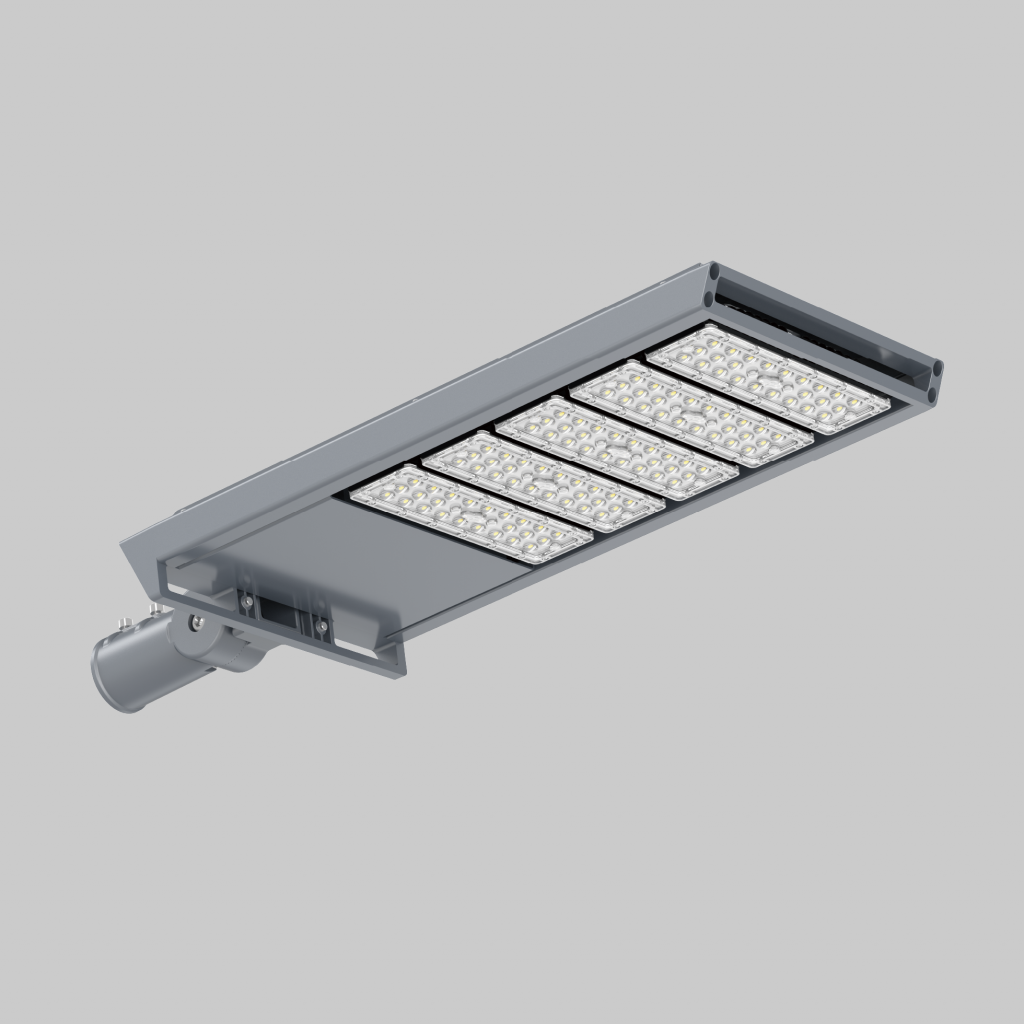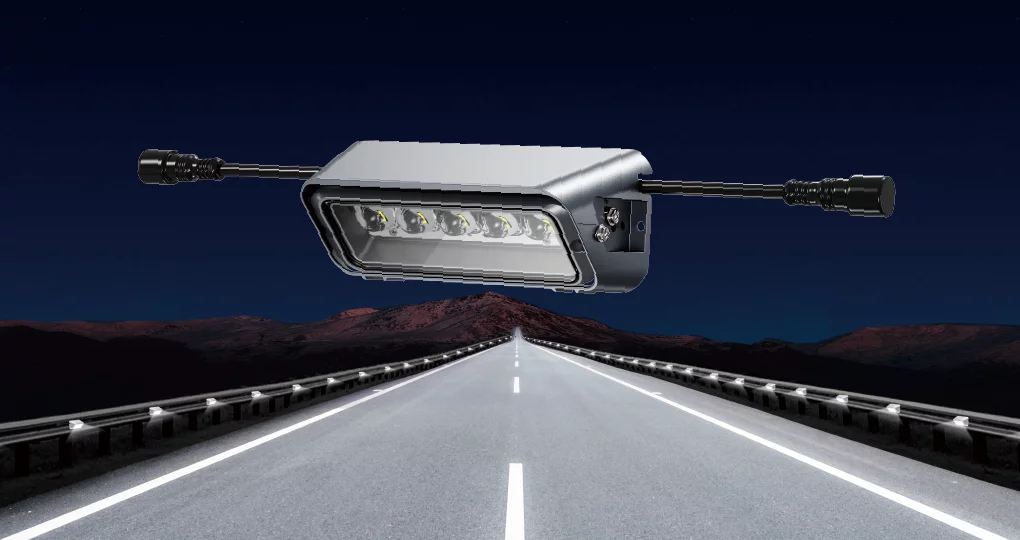
In an era where urbanization is accelerating at an unprecedented rate, it is estimated that over 55% of the world’s population now resides in cities. This staggering figure underscores the critical role that outside street lights play in enhancing public safety and urban aesthetics. However, as these fixtures become ubiquitous, their legal and regulatory frameworks demand rigorous examination.
The Legal Framework Surrounding Outside Street Lights

Outside street lights are not merely functional objects; they embody a complex interplay of legal regulations designed to ensure public safety, energy efficiency, and environmental sustainability. These regulations often encompass zoning laws, electrical codes, and standards set forth by national bodies such as the American National Standards Institute (ANSI) or international organizations like the International Electrotechnical Commission (IEC). Furthermore, compliance with Product Compliance Standards is essential for manufacturers to guarantee that their products meet established safety criteria while minimizing potential liabilities.
Diving Deeper into Outdoor Street Light Compliance Standards
The adherence to Product Compliance Standards for outdoor street lights involves several key aspects including material durability, energy consumption metrics, and light pollution mitigation strategies. Manufacturers must navigate a labyrinth of guidelines which dictate everything from luminaire design to installation practices. For instance, specific standards may require outdoor lighting systems to utilize LED technology due to its superior energy efficiency compared to traditional incandescent bulbs. Additionally, there are stringent requirements regarding glare reduction and light trespass prevention aimed at preserving nighttime environments.
EXC Lighting’s Commitment to Product Compliance Standards
EXC Lighting exemplifies excellence in adhering to Product Compliance Standards through various initiatives:
- Energy Efficiency: All EXC outdoor street lights comply with Energy Star ratings ensuring reduced power consumption without compromising illumination quality.
- Sustainability Practices: Their products incorporate recyclable materials contributing positively towards environmental conservation efforts.
- CERTIFICATION: EXC’s lighting solutions undergo rigorous testing protocols certified by recognized entities such as UL (Underwriters Laboratories), guaranteeing product reliability.
- User Safety Features: Each fixture includes built-in surge protection mechanisms compliant with NEC (National Electrical Code) guidelines safeguarding against electrical hazards.
- Aesthetic Design Considerations: Products are designed not only for functionality but also aesthetic appeal aligning with local architectural styles while adhering strictly to municipal ordinances on visual impact.
A Conclusive Reflection on Outside Street Lights’ Regulatory Landscape
The exploration of outside street lights reveals a multifaceted regulatory landscape characterized by stringent compliance requirements across various dimensions including safety standards and environmental considerations. As municipalities continue investing in smart city technologies incorporating advanced lighting solutions like those offered by EXC Lighting—adhering meticulously to Product Compliance Standards will remain paramount in fostering safer urban spaces while promoting sustainable development goals globally.
